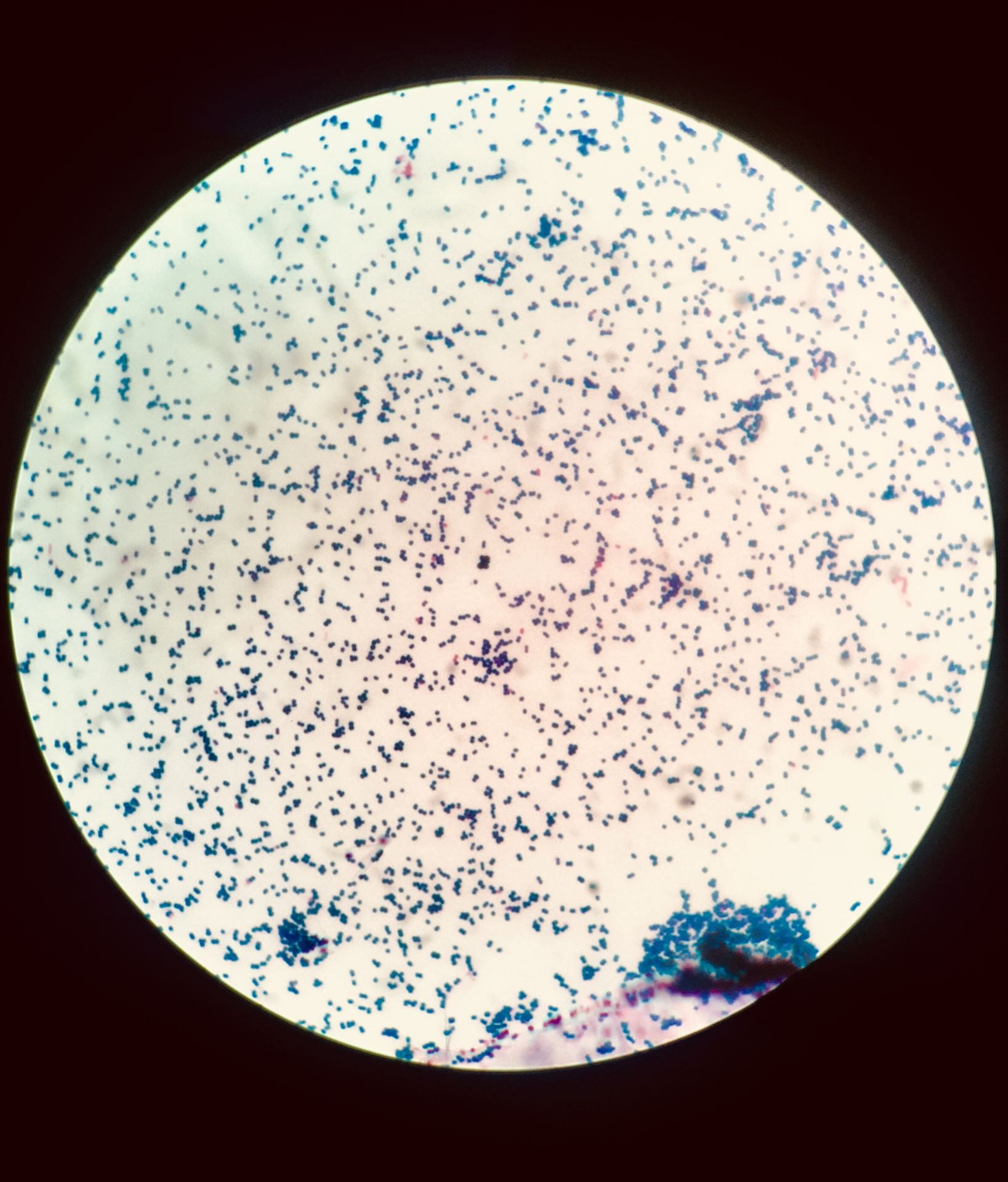Looking back at the summer of 2020 what comes to mind are piles of Petri dishes with growing bacteria, tissue samples immersed in formalin, and hundreds of glass slides waiting to be observed. While this may not seem like the ideal summer to most, as a student hoping to pursue biomedical sciences in the near future a summer spent at the Hemas hospital diagnostic labs was invaluable in a multitude of ways.
My internship began on the 12th of July where I entered the microbiology section of the lab. Spending a week in each subsection of the lab including the microbiology, hematology, biochemistry, general pathology, and histopathology areas I learnt much in terms of the process and procedures used within the hospital through the course of 4 weeks. Additionally, it was interesting to see how concepts I’d learnt within my biology and chemistry classes were applied in real life. As an example, I was able to see how techniques like chromatography were used in serology tests to identify antibodies and antigens in disease diagnostics.I also was able to practice working with a microscope and was able to observe blood smears, H and E stains, PAP smears, and gram stained slides. On another note, it was also interesting to see how the labs kept a record of the samples that were brought in using SID codes which allowed for seamless coordination amongst the sections resulting in a thorough well rounded final report. While my internship was largely based on observing and shadowing rather than working in the labs I was able to observe the MLTs(medical lab technicians) conduct a range of procedures of which included;
Microbiology
- Preparation of agar plates(MHA,MRSA,Cled agar,blood agar,chocolate plates)
- Streaking samples onto agar plates
- Conduction of antibody resistance tests
- Gram staining procedure
- Biochemical tests for microbiology(bile test, indole test, motility test, coagulase test)
- Germ tube test for the differentiation of candida albican and candida non albicans
- Acid-fast staining procedure
Hematology
- Erythrocyte sedimentation rate test
- Using the CELL DYN machine to obtain full blood count
- Manual blood grouping test
- Prothrombin test
- Preparation of blood smear slides
General pathology
- Urine full blood report procedure
- Diagnosis using the urine test strip
Histopathology
- Dissection of samples
- Passing endoscopy samples in blocks for fixing
- PAP smear procedure
- H & E staining procedure
Towards the end of the internship, I was also able to assist in the histopathology section and was able to do a few of the serology tests, assist in the staining procedures, and aid in writing the macroscopy reports with the guidance and observation of the MLT in the section. The experience taught me much in terms of learning to take responsibility and working methodically in order to ensure the accuracy of the reports. Overall I believe the experience was one to be valued as it gave me a taste of what happens in a Biomed lab and furthered my interest in pursuing the field.




Leave a Reply